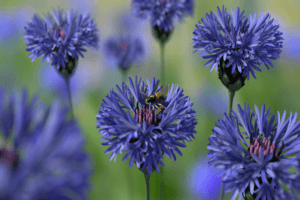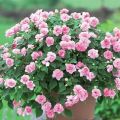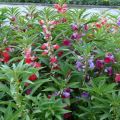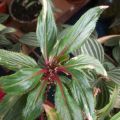Description of garden balsam and growing rules, how to save in winter
The main feature of garden balsam is long and abundant flowering, for which it is appreciated by many flower growers and gardeners. Because of this characteristic, the plant has a second name - zealous Lisa. On the territory of Russia, this flower appeared only at the end of the 19th century and is now an integral part of front gardens, flower beds, lawns and fences.
Description of the plant
Garden balsam is a perennial herb that grows up to 50 centimeters. The countries of Asia and Africa are considered the homeland of the flower; in the Northern Hemisphere, year-round growth is ensured by greenhouse conditions. One bush can have more than 50 flowers, which differ in shades. Balsam blooms in late spring and can last up to ten months.
Characteristics of varieties
Flower growers have identified about 400 species of balsam, but only a few varieties grow in the Northern Hemisphere.
Tom Tumb
It belongs to the dwarf species, since it reaches a length of only 25 centimeters. It has bright flowers and is distinguished by long flowering, which stops only with the onset of cold weather.
Camellia
This variety is bred on the basis of ordinary garden balsam. It is a tall species, therefore it is often used to decorate trees. Serves as protection against pests.
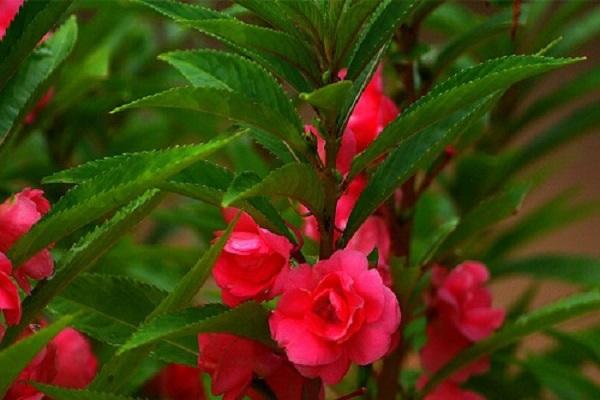
Waller
The most popular, versatile balsam variety. Flowering continues until the first frost. The flowers are large and bright, but the stems are fragile and prone to damage. They can grow in shady places.
Exotic dwarf
This type of flower is usually used for decorating balconies. Exotic are small bushes that grow up to only 20 centimeters and have bright buds. Flower shades - from pinkish to purple.
Terry
This perennial grows from 15 to 40 centimeters in height and boasts a rich variety of forms. The leaves of such balsam are distinguished by an unusual, round-heart-shaped shape. Typically, this catchy flower is grown at home.
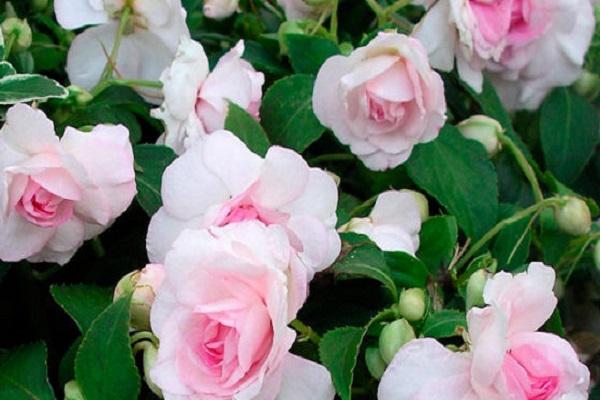
Roly wet street
This is a common garden balsam - the most popular type.This plant can grow up to 70 centimeters, the color varies from light to bright shades. Flowering begins in early summer and lasts until the first cold weather. Differs in increased thermophilicity.
Impreza
The plant is used for planting on the balcony or in special hanging boxes. The flower is small in height - only 20 centimeters. The color of the flowers is pale pink. Differs in abundant flowering and large buds.
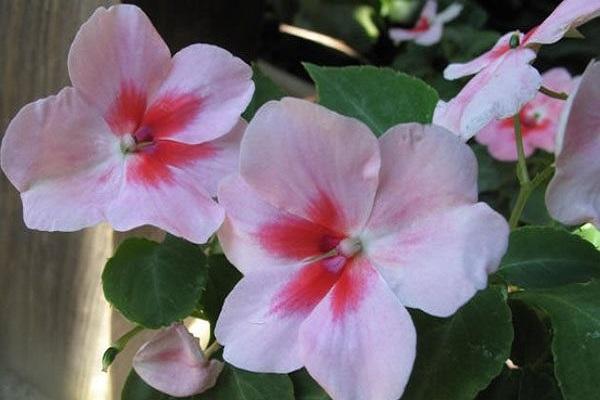
Site selection and soil preparation
Balsam is suitable for a site that will be protected from strong gusts of wind, drafts and constant sunlight. It is better to place flower beds in partial shade, near fences or fences, trees and bushes. The plant does not tolerate acidic and heavy soil, and also requires site preparation: installation of drainage, loosening and deoxidation of the soil with limestone is required. Fertilizer mixtures should not be added.
Planting methods
Planting balsam can be done in two ways, however, quite often the houseplant is propagated by cuttings, and the seeds do not wait for the ripening.
Seeds
This method is suitable for regions with early spring and warm autumn. The original seed can be stored for up to eight years. Planting balsam should be carried out when the soil has warmed up to 20 degrees.

Seed preparation
Immediately before sowing, the material should be treated with a potassium permanganate solution (15 minutes) for disinfection. The damp seeds are then placed on a wet cloth spread out on a small saucer and placed in a warm place.
Landing scheme
To begin with, make small holes (2 centimeters), lay the seed in moistened soil and sprinkle on top. Next, the seat should be sprayed with a spray bottle and fertilized with mulch. At the end, the sowing is covered with a film. After ten days, shoots will appear, and the cover is removed.
Seedlings
The safest way is to get seedlings and then place them in the garden.
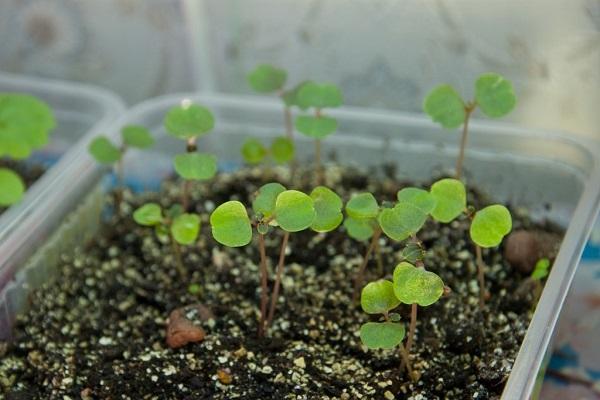
Timing
Seedling seeds are planted in late winter or early spring. However, for cold regions, from late spring, the sowing time is shifted - the soil must have time to warm up enough.
Seed preparation
Seeds are prepared in the same way as when growing seedlings of another flower crop. Treatment for disinfection and placement in a separate container will be required.

Post-emergence care
As the seedlings grow, it is important to keep track of soil moisture as the substrate should not be excessively dry. And also the air temperature should not fall below 22 degrees. As soon as sprouts appear, the film is removed, and the pots are removed in a sunny place.
Lighting
Seedlings require additional lighting from the first days. On cloudy days, you will need to turn on phyto or conventional lamps.
Adding soil
Since the roots grow and begin to bare, it is necessary to periodically add loose light soil on top of them.
Watering
Fortified sprouts must be watered only through the pan. Otherwise, the risk of developing gray rot or fungal infection that can destroy the plant is not excluded.
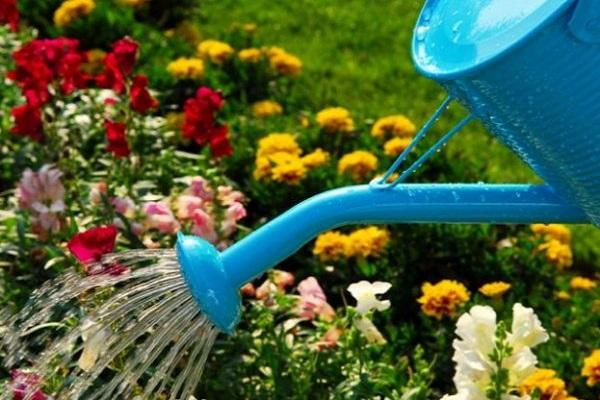
Picking
The pick must be carried out as soon as the first leaves appear. Balsam seedlings are divided into separate containers - usually these are cups. After this procedure, you should increase the temperature, add lighting and increase watering. However, it is recommended to grow balsam seedlings using the non-picking method.
Topping
A week after planting, pinching of the tops is mandatory in order for the crown to start branching. It is important that at least four large leaves are formed. If this is not done, the plant will be small.
Timing of planting in the ground
In open ground, matured specimens should be planted with the onset of warm weather.If you do this in late spring, flowering will begin in June. The air temperature should be kept within 19-23 degrees. The planted seedlings will be able to adapt within a week.
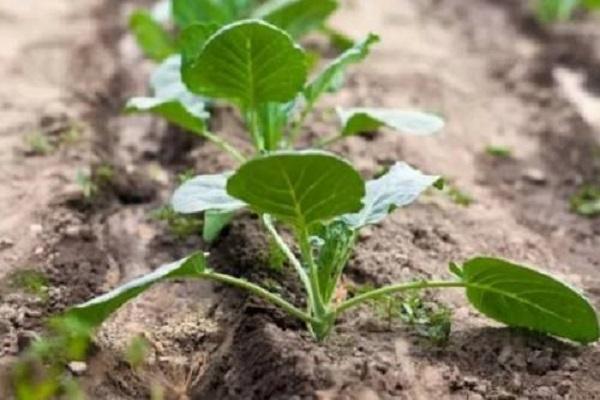
Outdoor care
After planting, the plant will need careful care, adherence to the watering regime and the introduction of fertilizer mixtures.
Topping
When planting specimens in open ground, you will need to pinch the roots a little. This procedure is necessary for the development of the top, active growth, branching and the formation of a lush balsam flower.
Biofungicides
Immediately before planting, a solution of biofungicides must be added to the planting holes. It can be Trichodermin, Planriz or Fitosporin. The introduction of drugs provides protection of plants from fungus and other diseases. It is also recommended to add Kornevin.

Swage
It is recommended to squeeze the soil around a young plant a little - this action can increase adhesion to the ground.
Spraying
Balsam will need spraying, which is recommended using a fine-droplet sprayer. This procedure will help reduce the temperature, which is extremely important during periods of drought and extreme heat.
Watering
The plant should be watered twice a week, in an average amount, avoiding severe dryness of the soil. However, it is important to consider that the flower, although it loves sufficient watering, does not tolerate the constant stagnation of the liquid. If there is not enough water, the leaves will begin to fade.
Top dressing
You need to make fertilizing at the same time as watering. For balsam, flower fertilizers are suitable, which are intended for geraniums. However, this flower does not tolerate high concentration nutrients. Therefore, the doses of fertilizer mixtures are halved.

What to grow in the garden
For the garden plot and front gardens, almost any type of balsam is suitable. Both simple and double flower forms are suitable. Breeders have specially bred garden varieties of this plant. The New Guinea variety, Exotic, Camellia, Tom Tamb look elegant and unusual.
Problems and diseases
Like other representatives of the flora, balsam is susceptible to diseases and pests:
- Rot is the result of abundant watering and fluid stagnation.
- Spider mite - you will need treatment with chemicals or soapy water.
- Whitefly - causes leaf fall; processing is also required.
- Viral mosaic - aphids cause yellow spots; treatment and treatment will be needed.
- Ring mosaic - leaves are affected, and then the whole flower. Need treatment with fungicides.
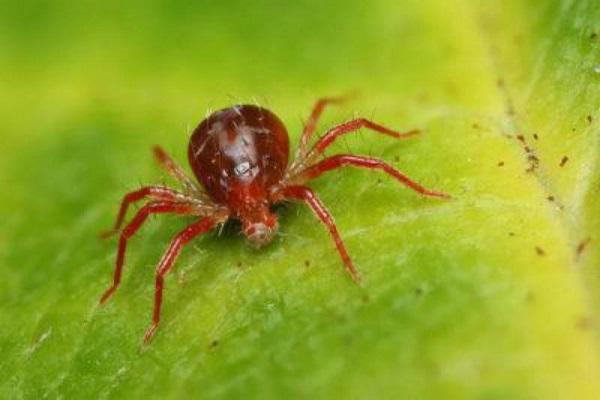
Balsam belongs to heat-loving plants, so a number of measures will need to be taken to preserve this flower in winter. In autumn, bushes are dug up and transplanted into heated greenhouses - so they can bloom all year round. The optimal temperature regime for a greenhouse is 15-20 degrees.
Decorative features
Garden balsam is often used in landscape design. On a garden plot, it looks more profitable in group plantings. You can use a bright and spectacular bush in different ways: form a fence, arrange flowers in a separate flower bed, make a border planting.
Thanks to a riot of colors, a dense crown and a variety of forms, the plant is the best suited for creating amazing compositions..
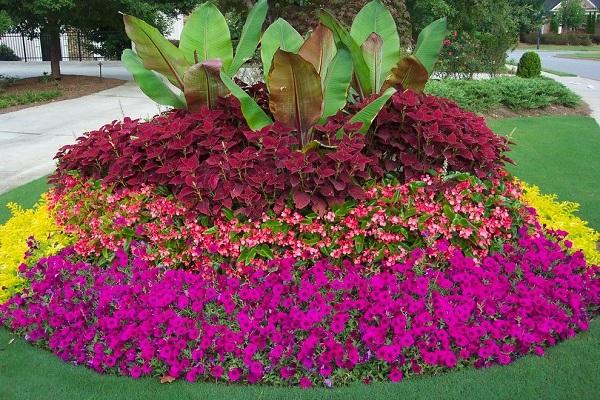
Reviews
Elena
“For the second year now I have been growing balsams in my garden. Some varieties did not take root, I was looking for a suitable one for a long time. But now every summer I admire their flowering - even prolonged precipitation does not spoil the appearance of the plant. "
Veronica
“The market advised to grow garden balsam. I now have bright coral flowers. Their main advantage is that they can bloom in the shade; do not require special care. Once I had to fight a spider mite. "
